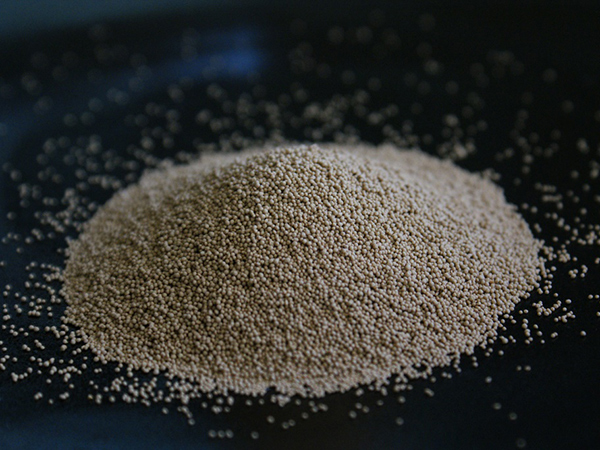Steps in Sand Casting
Sand casting is one of the oldest and most versatile metal casting processes. It involves creating a mold from sand to hold the molten metal until it solidifies, forming a desired shape. This method is favored for its simplicity, low cost, and ability to cast complex shapes. The process consists of several key steps
1. Pattern Making The first step in sand casting is creating a pattern, which is a replica of the final object to be cast. Patterns are usually made from materials such as wood, metal, or plastic. They can also be created using computer-aided design (CAD) software. The pattern must allow for a slight expansion when heated and will typically be slightly larger than the final product to account for solidification shrinkage.
Steps in Sand Casting
3. Molding Molding involves packing the prepared sand around the pattern to create a mold. This process can be done in one piece or in multiple pieces (two-part molds). Once the sand is packed tightly around the pattern, it is often treated with a hardening agent to improve stability.
steps in sand casting

4. Removing the Pattern After the sand mold has set, the pattern is carefully removed, leaving a cavity that matches the shape of the desired product. The mold halves are then reassembled, often secured with clamps or pins to prevent shifts during the pouring of molten metal.
5. Pouring the Metal The next step is to heat the metal to its melting point and pour it into the prepared sand mold. The molten metal flows into the mold cavity, filling it completely. This step requires careful control to avoid defects such as air bubbles or incomplete filling.
6. Cooling and Solidification Once poured, the metal is allowed to cool and solidify in the mold. The duration of this cooling process depends on the type of metal and the thickness of the casting.
7. Finishing After the metal has cooled and solidified, the sand mold is broken away, revealing the cast piece. The finished product often requires further processing, such as trimming, sandblasting, or machining, to achieve the desired final shape and surface finish.
In conclusion, sand casting is a straightforward yet effective technique that enables the production of intricate metal parts across various industries. Its affordability and adaptability make it a preferred choice for many manufacturing applications.
Post time:10 сар . 06, 2024 11:06
Next:foundry sand properties
